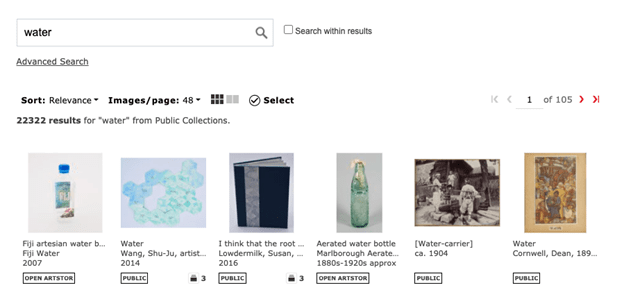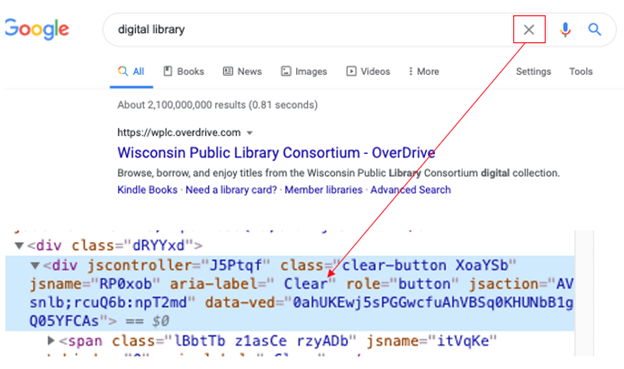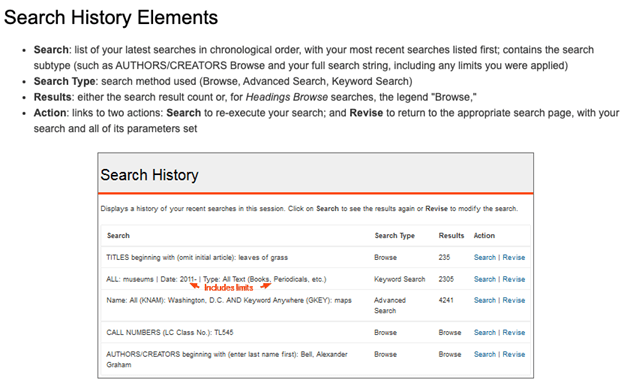Situation Definition:
A situation that arises from difficulty monitoring the progression of search terms used in a series of past searches in a DL.
Factor(s) Leading to the Situation:
-
- Inadequate features/functions: tracking searches (text with tooltip) Existing features do not help users to examine search history.
Guideline or Design Recommendation:
-
- Make search terms from previous queries available on request for reuse and combination
- Enable refining of the most recent query
- Explain how to monitor progressions of previously used search terms
Rationale and Objective:
For users who tend to use the same search terms more than once, retaining the search history can save time on subsequent searches. Lists of past auto-suggestions (text with tooltip) It is a search feature that a search engine predicts what a user would query and then provide a list of suggestions as a user types. and keyword history help users to find a relevant term or phrase by trying to predict it. Display recently visited links/URLs can be useful for monitoring searches, too.
Techniques and Methods:
1.1. Save search terms used in a session
1.2. Provide search history features to allow users to display their previous queries upon request
2.1. Keep the most recent query in the search box
2.2. Add a “clear search” feature next to the search box
3.1. Provide help tips and explanation for how to monitor the progression of search terms
Recommended Features:
1.1. Search terms saving feature (See example 1.1)
1.2. Search history feature that retains search terms for a single session (See example 1.2)
2.1. Pre-populated search box (See example 2.1)
2.2. Clear search feature (See example 2.2)
3.1. Help tips and instruction (See example 3.1)
Examples:
1.1. Search terms saving feature: Good design
Previous search terms in the search box (Europeana, 2018)
1.2. Search history: How-to example
Smithsonian Institution provides a search history feature.
2.1. Pre-populate search box: Good design
Artstor keeps the recent search term in the search box.
2.2. Clear search feature: Good design
Google provides a “Clear search” button with the ARIA-label applied.
3.1. Help tips and instruction: Good design
Library of Congress provides a Help page for search history so that users can monitor previous search terms.
Related Resources:
-
- Europeana. (2018). Search. Retrieved from https://www.europeana.eu/portal/en/search?q=rabbit&qf%5B%5D=england
- Neilson, J. (2004). Guidelines for Visualizing Links. Retrieved from https://www.nngroup.com/articles/guidelines-for-visualizing-links/
- Smithsonian Institution. (2018). Search history. Retrieved from http://collections.si.edu/search/history.htm
- W3C. (2018). WCAG 2.1 Guideline 1.3 Adaptable. Retrieved from https://www.w3.org/TR/WCAG21/#adaptable
- W3C. (2018). WCAG 2.1 Guideline 3.2 Predictable. Retrieved from https://www.w3.org/TR/WCAG21/#predictable
- W3C. (2018). WCAG 2.1 Guideline 3.3 Input assistance. Retrieved from https://www.w3.org/TR/WCAG21/#input-assistance
See Also:
Help-seeking Situations > H. Difficulty constructing or refining searches




